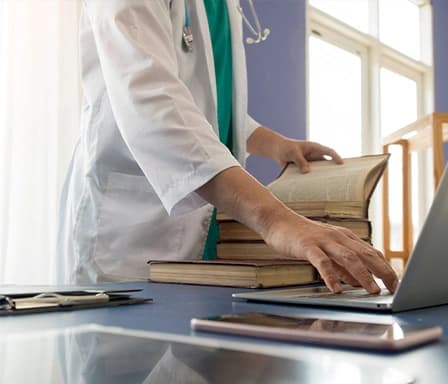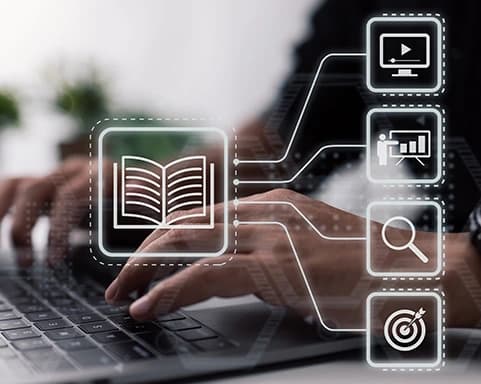Literature Monitoring Services
DDReg’s Literature Monitoring Services offer advanced pharmacovigilance literature screening for drug safety. We help Marketing Authorization Holders integrate critical safety data from medical publications into their compliance practices, ensuring proactive risk management and patient safety. Using innovative AI-driven tools and expert strategies, our service streamlines the detection of Individual Case Safety Reports (ICSRs) and supports comprehensive literature surveillance, making it easier for you to meet stringent regulatory requirements.
DISCOVER MOREOur Medical Literature Monitoring Services
In the dynamic realm of pharmacovigilance, regular and systematic monitoring of medical literature is essential. Our team understands that Literature Monitoring in Pharmacovigilance is a proactive strategy to capture emerging safety signals and adverse effects. We continuously review indexed databases like PubMed, EMBASE, and local literature sources to ensure that no critical safety information is overlooked.
Our approach combines automated literature screening with manual quality reviews, ensuring that data from both global and local sources is accurately processed. This methodology is central to our medical literature monitoring services enabling the timely detection of safety signals and providing a robust foundation for aggregate safety reports


DDReg’s Literature Monitoring Services
Our process is designed to ensure that every piece of relevant information is captured and analyzed. We employ advanced AI tools for pharmacovigilance literature screening service that automate the initial identification of potential safety reports. Subsequently, our expert team performs duplicate checks, quality reviews, and thorough documentation to verify the relevance and validity of each case.
Beyond automated screening, we implement a rigorous strategy to monitor non-indexed and local literature sources. This process of local literature monitoring ensures that region-specific data and publications in local languages are not missed, reinforcing our commitment to comprehensive literature surveillance and enhancing overall regulatory compliance .
Our Literature Monitoring Expertise
Ready to enhance your pharmacovigilance with robust literature surveillance?